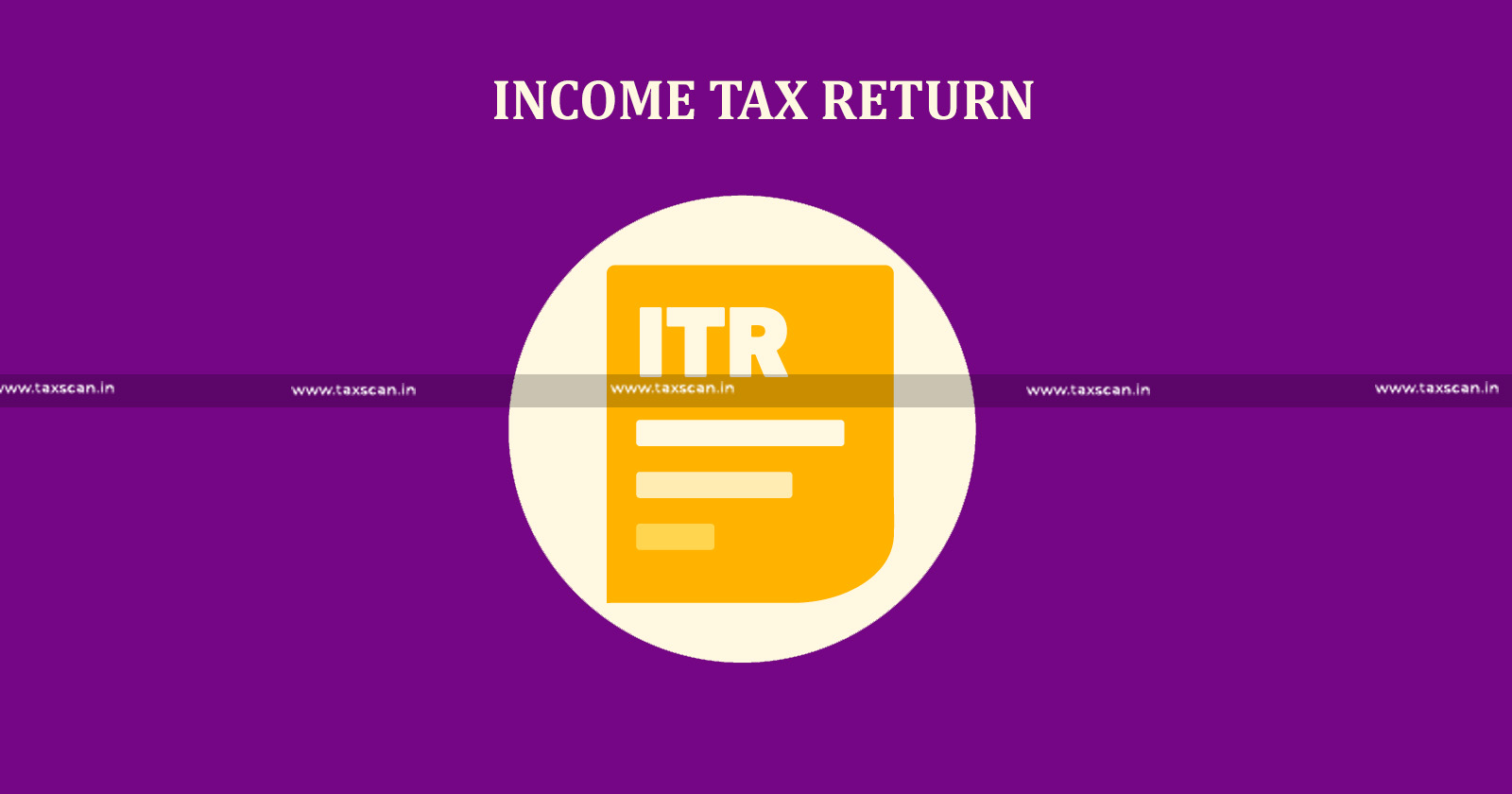India’s Direct Tax Collections Reflect Rise of Net Collections Up by 6.33% in FY 2025-26
The data provided by the CBDT indicates that revenue collection in India can invigorate the economy.

On October 12, 2025, Central Board of Direct Taxes (CBDT) demonstrated that direct tax collection of the country showed an increase during FY 2025-26, with gross and net revenues growing steadily even after a drop of 15.98% in refunds.
Year-on-Year Performance: FY 2024-2025 vs FY 2025-2026
The country’s gross revenues, including taxes such as Corporate Tax (CT), Non-Corporate Tax (NCT), Securities Transaction Tax (STT), and Other Taxes (OT) rose to ₹13,92,161.49 crore in Fiscal year (FY) 2025-26. This aggregate figure exhibits an increase of 2.36% from the gross revenues in FY 2024-2025 at ₹13,60,027.21 crore.
After deductions of refund , net direct tax collections in FY 2025-2026 amounted ₹11,89,054.17 crore representing a substantial increase of 6.33% over FY 2024-2025 ₹11,18,278.33. This considerable growth has been generated by decline in refunds processed. Refund outflows dropped by 15.98%, to ₹2,03,107.32 crore, compared to ₹2,41,748.88 crore in FY 2024-2025.
Step by Step Guide of Preparing Company Balance Sheet and Profit & Loss Account Click Here
Segment Wise Breakdown
- CT: Gross receipts increased from ₹6,12,579.32 crore to ₹6,42,658.28 crore, with an increase of almost 4.9%, the net receipts increased to ₹5,01,917.69 crore notwithstanding higher refunds being issued of ₹1,40,740.59 crore compared to FY 2024-2025 at 1,20,781.18.
- NCT: This category's aggregate includes receipts from individuals, HUFs, Firms, AoPs, Bols, Local Authorities, Artificial Juridical Person with a stable growth of 0.5% amounting to ₹7,18,323.63 crore. However, net realisation accelerated to ₹6,55,964.34 crore due to lack of refunds issued by the Government decreased from ₹1,20,939.70 crore to ₹62,359.29 crore FY 2024-2025.
- STT: STT remained steady at ₹30,878.46 crore compared to ₹30,629.97 crore FY 2024-2025.
- OT: The category registered a decline of −86.18% from ₹2,180.36 crore in FY 2024-25 to ₹301.12 crore in FY 2025-26.
Causes of Collection Momentum
The direct tax collection data for FY 2025-26, reflects a growth trajectory, underscoring the continued momentum in tax collection efficiency and compliance. The increase has been driven by growing CT and NCT receipts, which imply strong corporate profitability and persistent individual income growth. The Securities STT portion continues to be roughly stable, indicating stable market participation, with a slight increase in Other Taxes.
A key factor for the improved net collections is the significant moderation in refund disbursements. Refunds have declined sharply by 15.98%, from ₹2,41,748.88 crore in FY 2024-25 to ₹2,03,107.32 crore in FY 2025-26. This reduction showcases the “PRUDENT” approach of CBDT to streamline refund processing by authenticating only legitimate claims through data analytics and automated reconciliation systems. The practice of risk assessment has minimized bogus refund claims and enhanced fiscal efficiency, resulting in a more stable flow.
The decrease in refunds, largely attributes to effective reconciliation through pre-assessment, and scrutiny with artificial intelligence via TINMIS. This has increased liquidity in government accounts, giving the Ministry of Finance the flexibility of frontloading capital allocations for infrastructure, railways, and welfare programs without over dependence on borrowing.
Practical Case Studies in Forensic Accounting & Corporate Fraud Investigation - Click Here
Although the process prevents erroneous payouts, the unintentional delay in refund of legitimate claims impacts the taxpayers who run on short-term liquidity and working capitals. Vocational Activities who operate on thin margins may face cash restraint and operational challenges due to delayed refunds. While the cautious refund validation protects public revenue, it can also hinder economic activity and legal compliance.
The current tax data looks positive for both short term and longer term for financial sustainability. The reduction in refund burden has already improved the Centre’s revenue to GDP ratio. With higher net collections and smaller refund outflows, India’s fiscal deficit for FY 2025-26 may remain within its targeted band, providing credit stability and investor confidence.
Support our journalism by subscribing to Taxscan premium. Follow us on Telegram for quick updates



